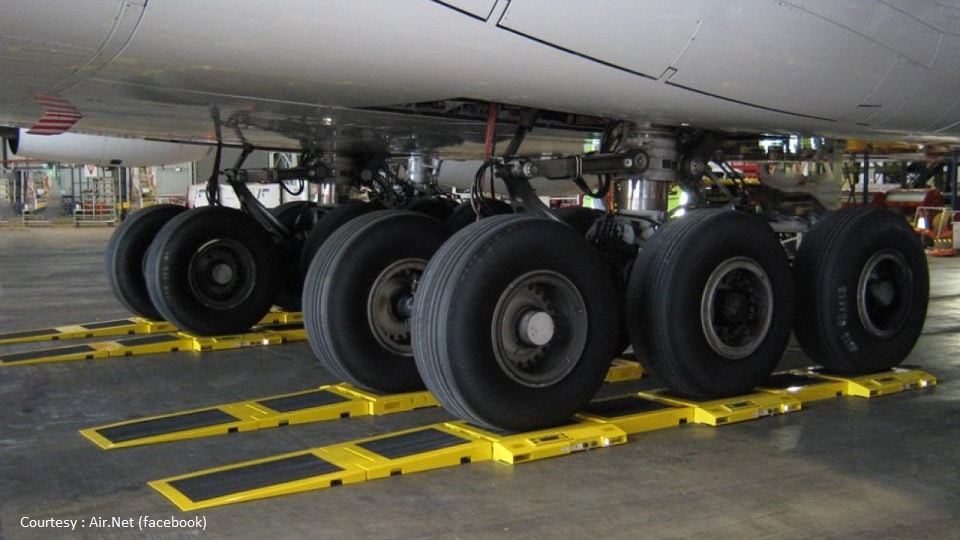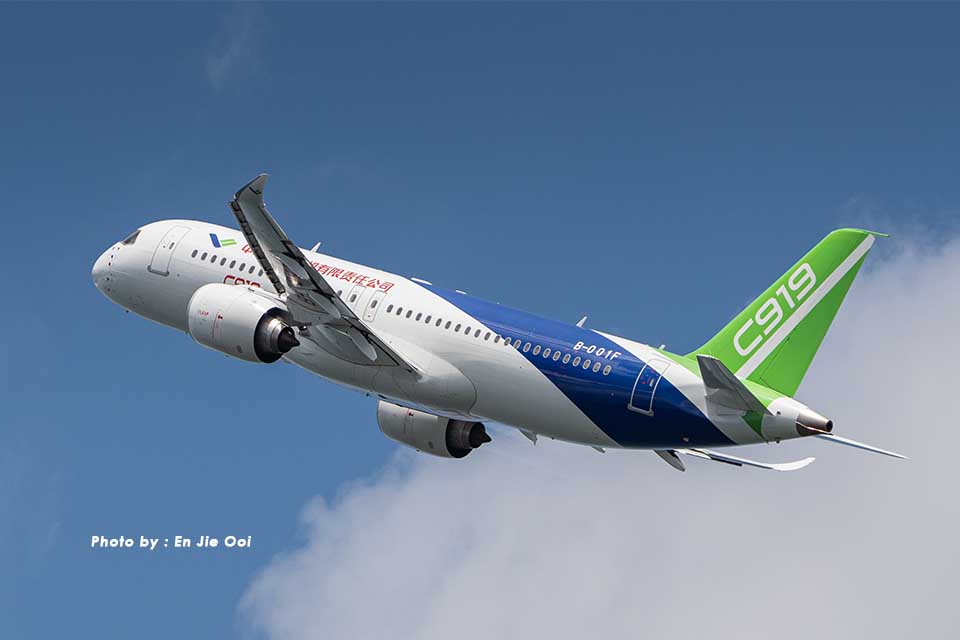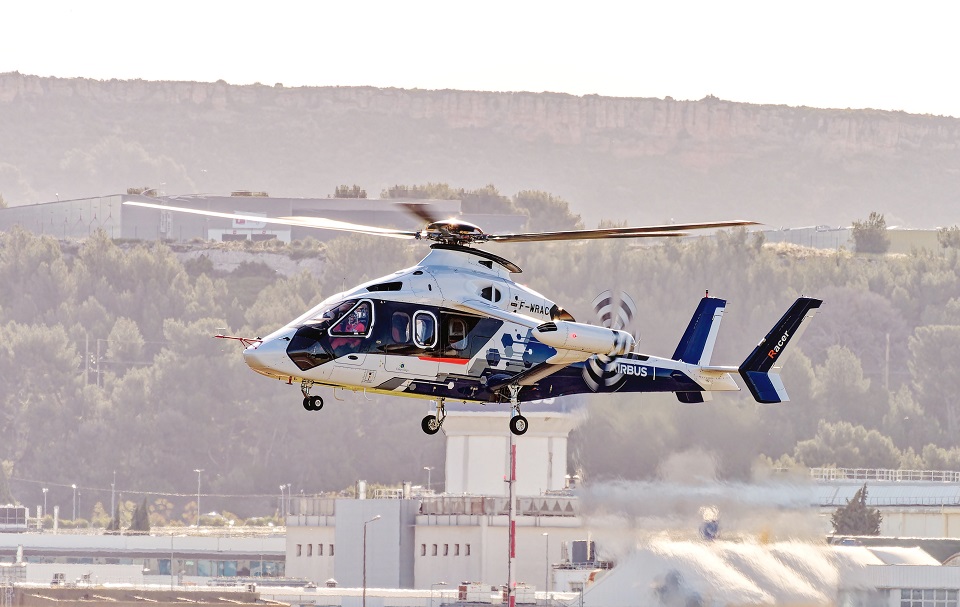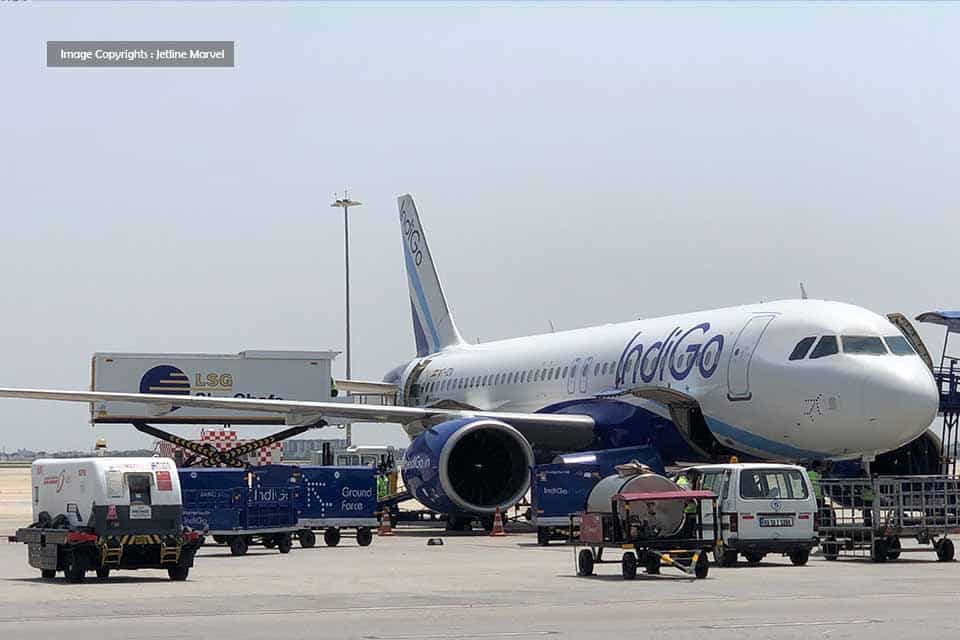Aerospace
This is how a plane gets weighed. Why is it critical for operations that aircraft are frequently weighed?

Every vehicle needs to be serviced, as we all know. Periodic maintenance is similarly carried out on aircraft, and this is in compliance with aircraft standards. Every four years, the airplane is weighed to determine whether its weight has risen. Checking the aircraft is necessary since the majority of the parts are made up of dust particles that have accumulated over the years and have added excess weight to the aircraft. Some of the oil particles or stains that are present in the components are also attracted to dust, which could increase the weight of the aircraft.
The top 10 busiest airports in the world revealed 2022(Opens in a new browser tab)
Airlines will take the necessary steps to change the materials that are utilized inside aircraft for passengers, such as baggage nets, seat covers, food carts, and many other things. This is because the weight of the aircraft is typically considered more important in operations because it may decrease its efficiency.
How to choose best airline seats(Opens in a new browser tab)
We will look at why these tests are appropriate for aircraft in this post. how it will benefit its operations and boost efficiency.
Weighing an aircraft is necessary for several reasons:
- Safety: Maintaining safety during flying depends on knowing the precise weight of an aircraft. The weight has an impact on the performance of the aircraft in a number of areas, including climb rates, maneuverability, and stall speeds. Pilots and engineers can make sure the aircraft operates within its safe operating limits and is capable of handling the necessary flight conditions by knowing the weight of the aircraft.
- Balance and stability: Along with total weight, calculating the aircraft’s center of gravity (CG) is essential. The CG shows where the weight distribution of the aircraft is typically located. It has an impact on the aircraft’s handling and stability qualities. If the CG is outside the authorized range, handling problems and even unsafe circumstances may result. By accurately calculating the CG by weight measurement, the aircraft is properly balanced and stable.
- Weight and Balance Control: The manufacturer and aviation authorities set weight restrictions for aircraft. Maximum payload capacity, maximum takeoff weight, and maximum landing weight are among these restrictions. Operators can keep track of the weight of the aircraft and make sure that these restrictions are followed by periodically weighing it. This assists in avoiding overloading, which could jeopardize the aircraft’s safety, structural integrity, and performance.
- Fuel Management: Effective fuel management depends on precise weight data. The weight of the aircraft directly affects fuel consumption, therefore knowing the actual weight enables pilots and flight planners to determine the ideal fuel consumption for a given flight. As a result, fuel costs are reduced, safety margins are maintained, and overall operating effectiveness is increased.
- Maintenance and Performance Monitoring: Operators can monitor weight variations over time by periodically weighing an aircraft. Any unexplained weight differences may be a sign of possible problems such as equipment malfunctions, fuel leaks, or structural damage. Assessing performance trends, evaluating improvements, and ensuring compliance with laws and operational requirements can all be done while keeping an eye on the aircraft’s weight.
All things considered, weighing an airplane is an important procedure that offers crucial data for flight safety, balance, performance, and compliance. It ensures that the aircraft works within its design parameters for optimum performance and safety and helps preserve the airworthiness of the aircraft.

Aerospace
China Developing Comac C939 Wide Body Aircraft to Compete with A350 and B777

China’s Comac aircraft company is currently underway with the development of its own wide-body aircraft, the C939, positioned to compete with industry stalwarts like the Boeing 787 and Airbus A350 in the future. This strategic move by Comac involves crafting the next iteration with enhanced capacity and extended range capabilities, marking a significant leap forward in technological advancement compared to the current C919 aircraft.
Air China has inked a substantial deal worth a staggering $10.8 billion, based on list prices, to acquire 100 Comac C919 jets, signaling a strong vote of confidence in the domestic challenger to aerospace giants Airbus and Boeing.
China Comac C919 Total Order
With both China Southern and Air China combining orders for nearly 200 aircraft, the prospects for the new C919 aircraft appear increasingly promising for future fleet growth. To date, Comac has garnered orders for nearly 1,100 aircraft.
China is contemplating the development of another wide-body aircraft, the C939, poised to significantly bolster the aerospace industry in China.
COMAC has initiated work on the C939, a new wide-body airliner. While design concepts have been formulated, it will still take several years before a prototype materializes, according to reports from the South China Morning Post, citing anonymous sources.
Initially intended to be a joint venture with Russia, plans were halted due to Russia’s decision to safeguard its copyrights and technological advancements within its borders. Consequently, collaboration between China and Russia on aircraft development was discontinued. Sources suggest that China is vigorously pursuing new avenues for the independent development of its own wide-body aircraft, crucial for accommodating larger passenger capacities and extended flight ranges.
Comac C939 competes with Boeing 777 and A350
Information regarding the program remains limited. COMAC has refrained from commenting on the development of the new aircraft type, stating that official announcements will be made in due course. Nevertheless, the C939 could potentially accommodate up to 390 passengers, positioning it to compete with the largest Boeing 777 and Airbus A350 aircraft.
In addition to the prospective C939, COMAC is already advancing with the development of another widebody aircraft, known as the C929. This aircraft is poised to rival the Boeing 787 and Airbus A330, boasting 280 seats and a range approaching 6,500 nautical miles.
Since obtaining certification in late 2022, the COMAC C919 has been operational, accumulating nearly 1,000 firm orders, predominantly from Chinese-owned airlines and leasing companies.
With multiple widebody aircraft in the pipeline, COMAC stands to achieve parity with the two leading international aircraft manufacturers. Boeing, with its 777 and 787 models, and Airbus, with the A330neo and A350, both have a comparable range of offerings. However, Boeing’s aircraft are encountering delays and production challenges despite substantial orders, while the A350 is performing commendably, though the A330neo’s order intake has not met initial projections.
How much does C919 cost?
China is under pressure to fulfill the current orders for the C919 aircraft, prompting plans to expand production facilities across various regions within the country. The aim is to ramp up production capacity for C919 planes to 150 aircraft annually over the next five years. The latest reports indicate that the C919 is priced around $99 million, comparable to the price of Boeing 737 Max and Airbus A320 aircraft, with expectations for further price reductions in the future.
While the C919 has yet to be certified in major aviation markets outside of China, only four have been delivered thus far. In the long term, COMAC’s widebody aircraft will vie for global competitiveness. One potential benefit of COMAC aircraft could be in reducing China’s reliance on Western aircraft manufacturers. However, this shift won’t happen immediately; the current delivery rate of four aircraft in nearly 18 months is not sustainable, and both Airbus and Boeing have established manufacturing facilities in China to cater to its sizable market.
Nevertheless, assuming COMAC addresses the issues impeding deliveries, there’s a plausible scenario where the manufacturer assumes a significant role, particularly as China’s aviation market continues to expand.
As the C939 progresses through its development stages, more details are expected to emerge. Comparisons between official specifications of the C929 and C939 will be noteworthy, as will the initial orders for each aircraft type. However, it’s anticipated that neither will undergo test flights or enter into service for several years.
Aerospace
Airbus Reveals Innovative Hybrid Aircraft, Blending Plane and Copter Designs

Airbus Helicopters has unveiled a groundbreaking innovation in rotorcraft technology with the introduction of an experimental hybrid aircraft, blending the features of a plane and a helicopter.
Named the Racer, this one-of-a-kind demonstrator model integrates traditional overhead rotor blades with two forward-facing propellers, aiming stability with speed. The primary objective behind this engineering marvel is to significantly reduce response times for critical missions such as search-and-rescue operations.
Priced at 200 million euros ($217 million), the Racer represents a pioneering leap in rotorcraft design, poised to revolutionize the industry. Beyond its immediate applications, including search-and-rescue missions, the Racer’s potential extends to military endeavors, aligning with NATO’s ongoing exploration of next-generation helicraft. However, the realization of such prospects hinges upon the alignment of future operational requirements.
Designed to operate at a cruise speed exceeding 400 km/h, the Racer demonstrator is meticulously engineered to strike a delicate balance between speed, cost-efficiency, and mission performance.
Notably, the aircraft targets a notable reduction in fuel consumption, aiming for a 20% decrease compared to contemporary helicopters of similar caliber. This feat is made possible through aerodynamic optimization and an innovative eco-mode propulsion system, developed in collaboration with Safran Helicopter Engines.
The hybrid-electrical eco-mode system allows for the temporary suspension of one of the two Aneto-1X engines during cruise flight, thereby contributing to a reduction in CO2 emissions. Moreover, the Racer seeks to address environmental concerns by focusing on lowering its operational acoustic footprint, showcasing its commitment to sustainability.
Building upon the success of Airbus Helicopters‘ X3 technology demonstrator, which previously pushed the boundaries of helicopter speed by achieving a remarkable 472 km/h, the Racer represents a significant evolution in aerodynamic configuration and technological innovation.
Aerospace
IndiGo to Order 100 Small Planes from Airbus, ATR, or Embraer

IndiGo, India’s leading airline, is in talks with three aircraft manufacturers to acquire a fleet of at least 100 smaller planes, aiming to bolster its regional operations, as per a report by the Economic Times.
The airline’s recent order of 30 A350 aircraft underscores its strategic focus on expanding its reach with wide-body and long-range planes, targeting increased traffic from various regions across the country.
Now, the focus shifts to enhancing connectivity on shorter routes within India’s domestic network, tapping into the regional airline market. IndiGo is currently in discussions with ATR, Embraer, and Airbus for this purpose. With 45 ATR-72 aircraft already in operation, accommodating 78 passengers each, and five more expected this year, the airline is leaning towards ATR, although Airbus A220 and Embraer’s E-175 remain contenders.
Having established itself as a key operator of Airbus A320 aircraft, with over 450 on order for future delivery, IndiGo continues to strengthen its fleet.
This move follows closely on the heels of the recent agreement to purchase 30 Airbus A350-900 aircraft, a significant step that will facilitate the airline’s expansion both domestically and internationally. This deal marks IndiGo’s entry into the wide-body aircraft segment, further solidifying its position in the market.
IndiGo’s strategy includes penetrating tier 1, 2, and 3 cities within India’s regional aviation market using smaller aircraft.
As India maintains its status as the world’s fastest-growing aviation market, airlines are striving to meet the escalating demand amid challenges faced by aircraft manufacturers in meeting production targets.





















